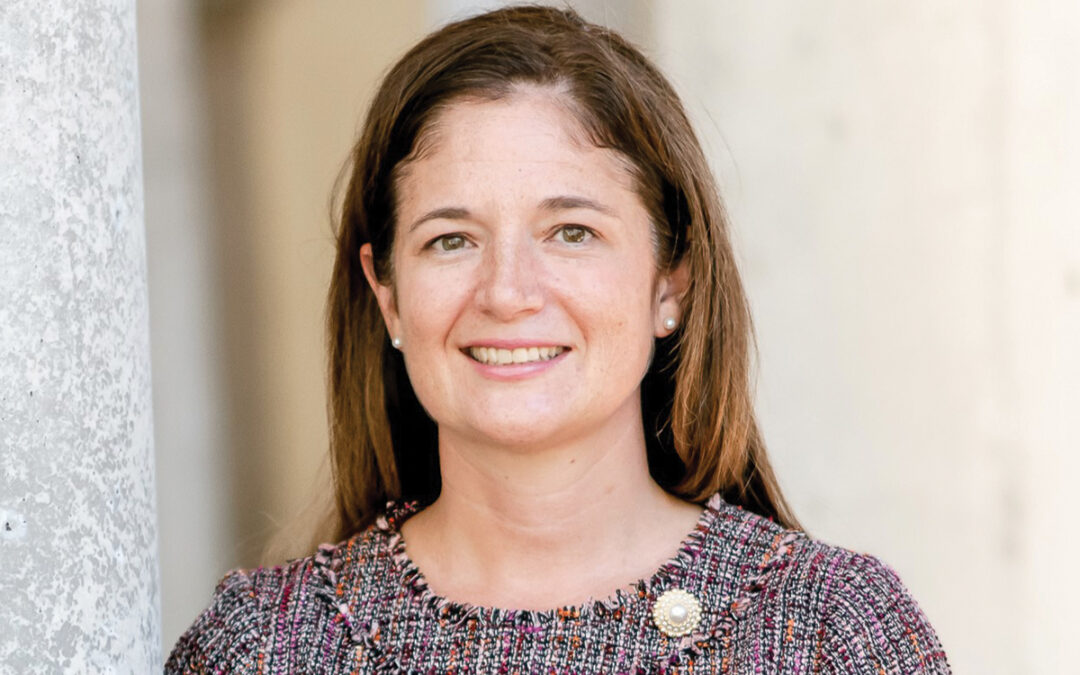“Smile!” It’s a dreaded command for many of us each time someone picks up a camera. Sure, I know the rhetoric … everyone looks better with a smile, but that really depends on your perspective.
A smile communicates warmth, friendliness, love and acceptance. It transcends all languages. And when you don’t speak the language, you definitely need to use it. But let’s get real here.
A smile of any kind is great for communicating, though we’ve all seen a smile or two we could have passed on. But a smile that draws people in — one that is really attractive — is a different matter altogether.
Think about it. Everyone has encountered someone, somewhere, who had an attractive face: great eyes, nice hair, beautiful skin, good nose. You thought to yourself, “Now that’s an attractive man/woman.” Then he or she smiled and you saw the teeth. They were chipped and stained, with a gap in the middle. They just ruined everything else.
Now, admittedly, I’m a whiner. My teeth are not anywhere near that bad, but I am self-conscious enough that my 13-year-old daughter always admonishes me to “really” smile for the camera. (I have a Julia Roberts-size smile without the perfect teeth). Actually, some minor work and whitening would probably do it for me, but I know that if I am this self-conscious about my smile, others with similar or worse problems must feel the same way.
That being the case, we all have a reason to rejoice. It’s called cosmetic dentistry, and it is one of the easiest and most affordable ways to dramatically improve your appearance (and boost your confidence). Depending on your individual smile problems, several different cosmetic dentistry procedures can give you outstanding results, including:
Whitening — The most commonly prescribed cosmetic dental procedure has many options now available to consumers in a wide range of prices. Whitening can lighten coffee-stained teeth, remove cigarette and tobacco discolorations and correct yellowing in teeth caused by aging. While there are several over-the-counter options, the American Academy of Cosmetic Dentistry (AACD) recommends two dentist-supervised options for whitening your teeth:
In-office power whitening: Your dentist applies whitening gel containing a high concentration of hydrogen peroxide to the teeth. One visit to the dentist can often achieve the desired whitening results. Home whitening may be recommended to enhance the effects.
At-home dentist-supervised whitening: A custom-fitted mouth tray containing a whitening gel is worn for a few hours each day or night. The trays are adjustable to focus lightening on individual teeth. The required time frame is generally one to two weeks. More severe stains can often be improved with extended use of the home-whitening system.
Bonding — For chipped or cracked teeth, bonding is a procedure to correct these imperfections. The process involves the application of an enamel-like material to a tooth’s surface. It is sculpted into the proper shape, hardened and then polished for an ideal smile.
Implants — For replacing missing teeth, as an alternative to dentures or partials, implants are a stronger, more attractive choice. An anchor is surgically implanted in the jaw, and a life-like ceramic restoration is built around it, matching the original tooth color.
Veneers — Ultra-thin, custom-made laminates, veneers are affixed directly to the teeth. They are a great option for closing gaps or disguising discolored teeth that did not respond well to whitening procedures.
Costs vary widely, and insurance does not cover most cosmetic procedures. However, some therapeutic dental services that are covered by insurance have cosmetic results. Dr. Paul Wilke (14310 Northbrook, behind Alamo Cafe) replaces silver mercury fillings with composite fillings. One of only three dentists in San Antonio who specializes in the safe removal and replacement of mercury fillings, Dr. Wilke says, “Replacing mercury fillings with composite is not only much healthier, but also dramatically improves the appearance of teeth.” In fact, since Dr. Wilke integrates cosmetic procedures with much of his therapeutic work, he says that about 90 percent of his patient work could be categorized as also cosmetic.
Dr. Simona Cuevas of The Institute of Aesthetic Dentistry (4455 Medical Dr.), a leading cosmetic dentist who also teaches other dentists how to perform various cosmetic procedures, cautions patients to be very careful when selecting a dentist to do cosmetic work. Most importantly, she says, “Don’t shop price. Generally, you get what you pay for.” Dr. Cuevas stresses that cosmetic dentistry is a material-quality-driven industry, and prices often reflect the quality of the materials going into your mouth as well as the talent and artistry of the dentist. “Cosmetic dentistry is more than just the technical knowledge of how to do a procedure,” says Dr. Cuevas. “It really is an art that requires an aesthetic eye.”
So, just how do you find a qualified cosmetic dentist? “Ask if the before and after pictures the dentist shows you are actually his or her patients,” Dr. Cuevas advises. “Be careful of any dentist who shows you a book of before and after and says that these are the kind of results you can expect. The odds are that someone else did the work.”
She also recommends that you ask if the dentist is a member of the AACD. While there is currently no board certification for the cosmetic dentistry specialty, the AACD is a voluntary organization for committed professionals.
All in all, even the most expensive cosmetic dental procedures are less costly than or comparable to other cosmetic treatments such as Botox, microdermabrasion and cosmetic surgery. And amazingly, once you dazzle ’em with that new gorgeous smile, those wrinkles may just fade into the background. As Mark Twain said, “Wrinkles should merely indicate where smiles have been.”
So smile! It increases your face value!
Author: Julia Jones









0 Comments